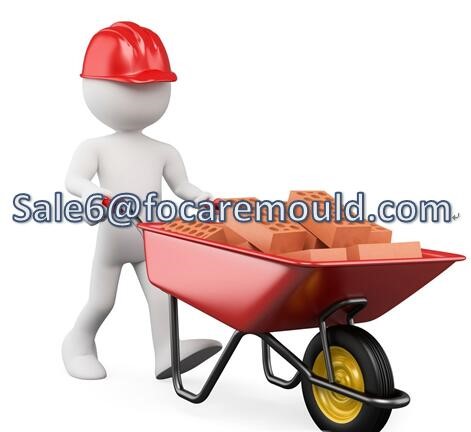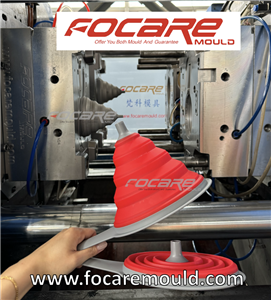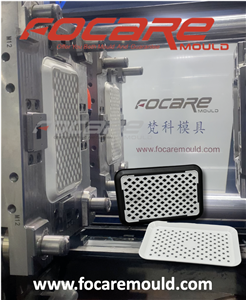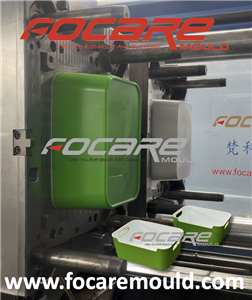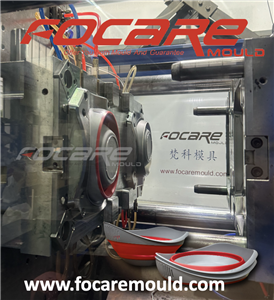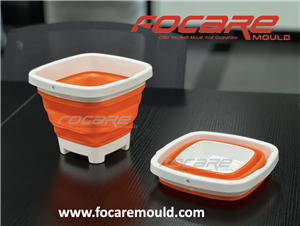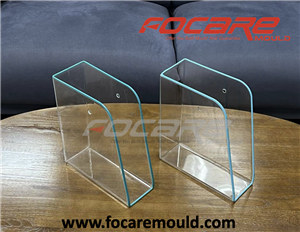Plastic Industrial Safety Helmet Injection Mould
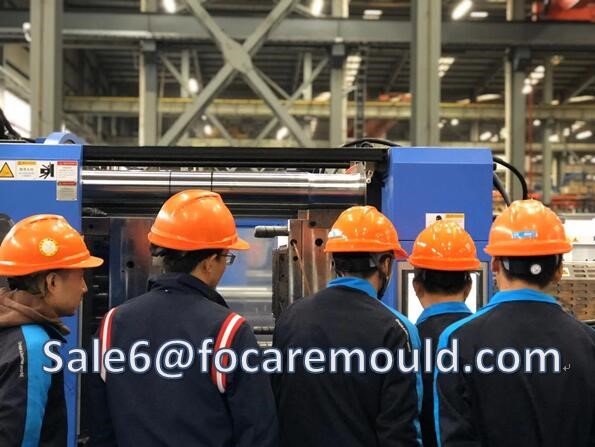
Helmets has been used since early times to protect people in battle. Before the introduction of steel and aluminum, they were made of iron and beaten into shape. Recently helmets are not only used by the police and army but have also seen widespread use in more peaceful areas like building, workshop, sporting, biking, riding and so on. Modern helmets are mainly of plastic construction, but their design varies depending on the application and manufacturing process.
Industrial safety helmets are widely used on building and workshop to protect the head from injury due to falling objects, impact with other objects, debris, rain, and electric shock. For making plastic industrial safety helmets, PC or ABS plastic material are the best selection which has the best impact resistance, light weight, high toughness, less fracture, and easy processing.
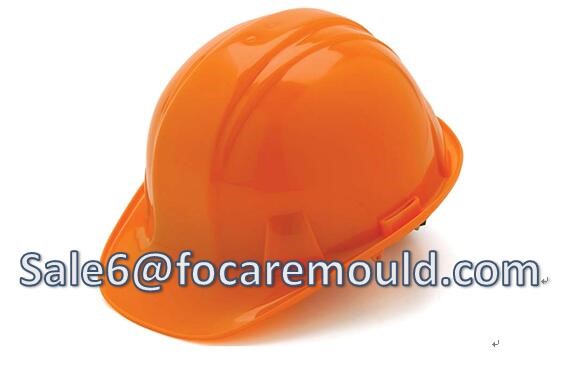
The qualified industrial safety helmets shall be ensured to protect head safely. Please find the below checking point to sure if the safety helmet is enough to protect people from dangerous.
1. The helmet shall be inspected for dents, cracks, nicks, gouges and any damage due to impact, penetration, abrasions, rough treatment or wear that might reduce the degree of protection originally provided. Helmets showing signs of damage or wear should be replaced immediately.
2. Safety helmets are susceptible to UV light damage, temperature extremes and chemical degradation. Signs of degradation include stiff or brittle helmet, a faded, dull or chalky appearing helmet. Helmets appearing these characteristics should be immediately replaced.
3. A recommended test for degradation is to compress the helmet inward from both sides about one inch and then release the pressure without dropping the helmet. It should return to its original shape quickly. A comparison can be made by testing a new safety helmet. If the elasticity is not similar to a new helmet, it should be replaced.
4. The suspension should be inspected for cracks, greyed or cut crown straps, torn headband or size adjustment slots, loss of pliability or other signs of wear. Suspensions exhibiting these characteristics should be removed from service and replaced immediately
5. Important points to remember:
1) Helmet struck by a blow should be replaced;
2) Safety helmets are designed to protect impacts from above, not from the side or rear;
3) Never modification or suspension of safety helmet.
4) Avoid contact of the helmet with electrical devices.
5) Do not store safety helmets in direct sunlight.
6) Do not sit on helmets.
7) Do not wear anything inside the hat that would affect the clearance between the helmet and head.
8) Do not paint safety helmet.
6. Users should establish a regular inspection schedule for their safety helmet to evaluate the status and the suspension.
